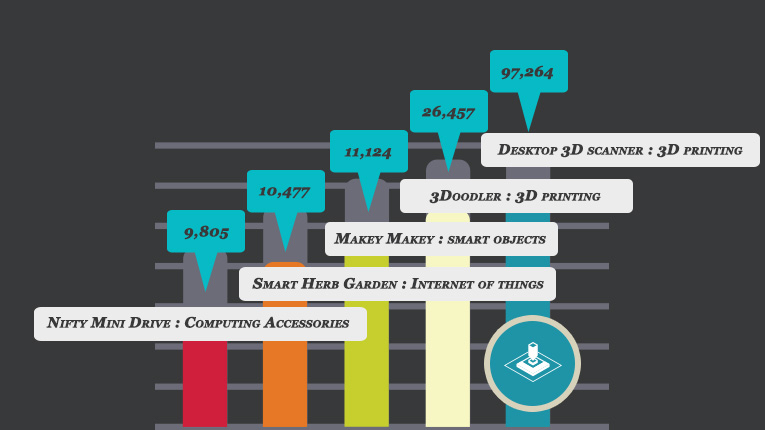We need a new perspective alright.. but..
October, 30, 2013
I came across a nice blog post by Peter Vander Auwera about disruptive change and how it points to a new humanism in Banking.
Disruption is on everyone’s mind and in this case the reference is to the accelerating change in the industry along many dimensions. Clearly people are challenged to figure out how to respond and not just in the Banking industry.
The question is, how does one respond to such complex and multi-dimensional change? In the post I refer to, the author argues for a response based in humanism, which as he describes towards the end of the post is about ‘relationships, intimacy, depth and human connection’.
That sounds quite similar to the argument many in the Social Business world are making, and a recent discussion seems to suggest there is some disillusionment creeping up there. I will discuss that issue in another post, but some of that disappointment expresses frustration in that – the argument has not found much traction. Does that just mean that enterprise leaders do not care?
I want to reflect on the notion of responding to complex external change that I have an acronym for – VACUUM! Volatility, Ambiguity, Complexity and Uncertainty we are familiar with – I added Unmitigated Mess to those four, for that is the intractability we often find ourselves dealing with.
I think it is indeed important to think in human-centered terms – in fact, a post I wrote earlier today, talks about Value Receiving Systems and these are indeed social systems as much as they also have technological and other dimensions.
But the idea of value that is solely defined in human terms does not quite convince me.
The architecture of value is complex and has many dimensions. Some of these dimensions indeed are social and correspondingly human, but they only form a part of the total narrative. Nothing in this complex world today points to solutions in any one dimension.
We must learn to see things systemically and create systemic value solutions with enterprises that are in themselves complex Value Creating Systems, if we intend to be able to master this complexity and obtain successful outcomes.


